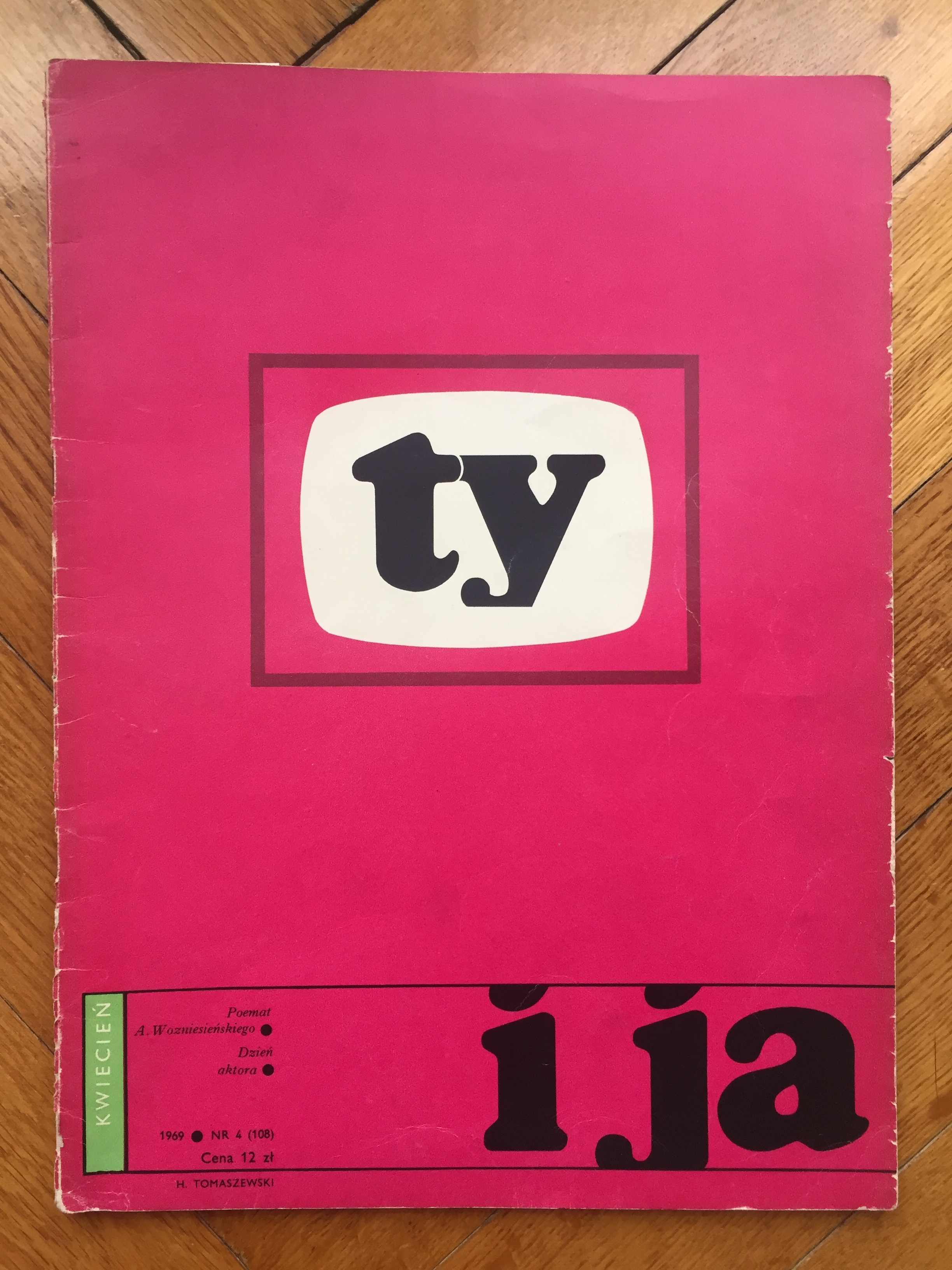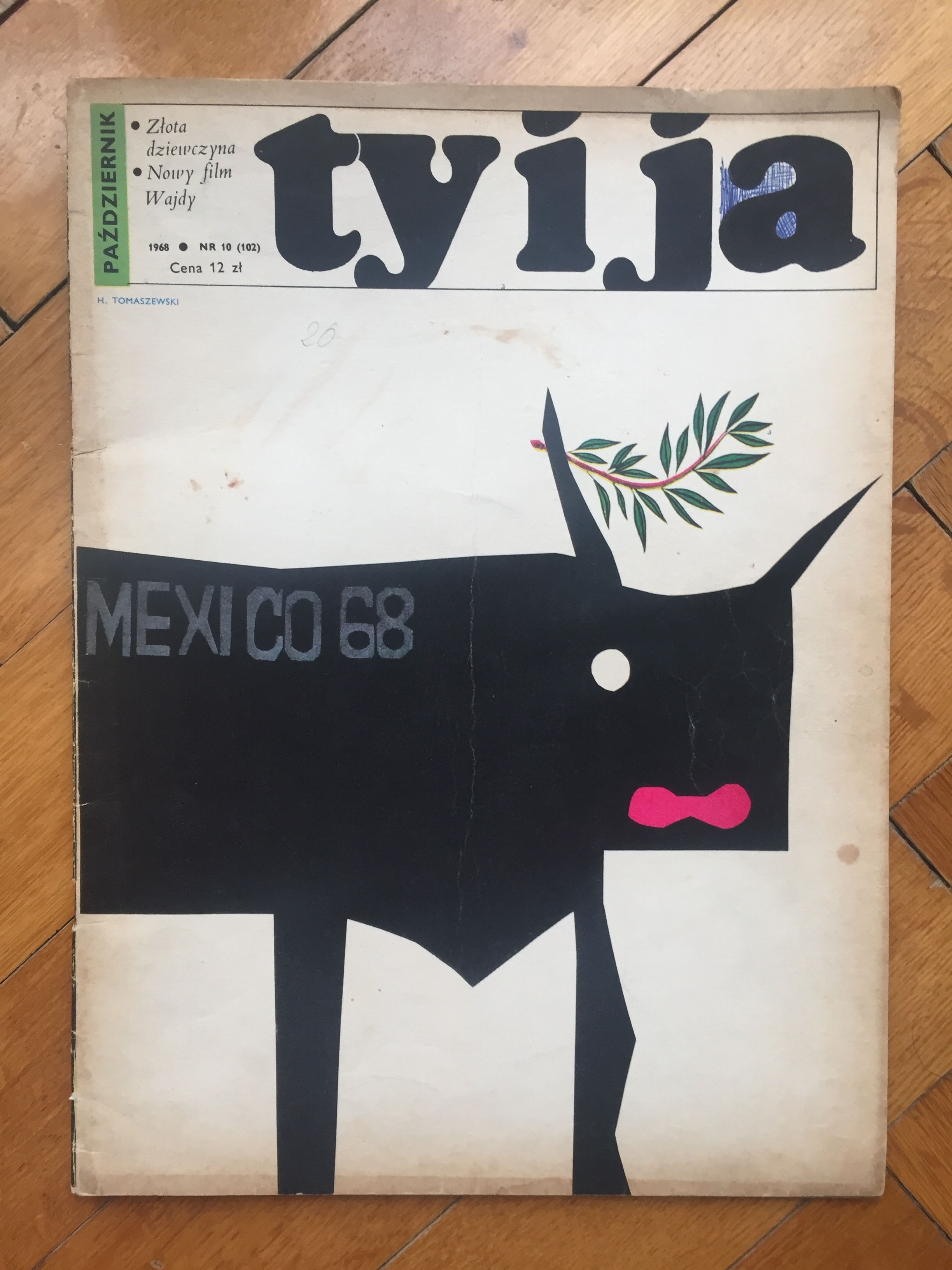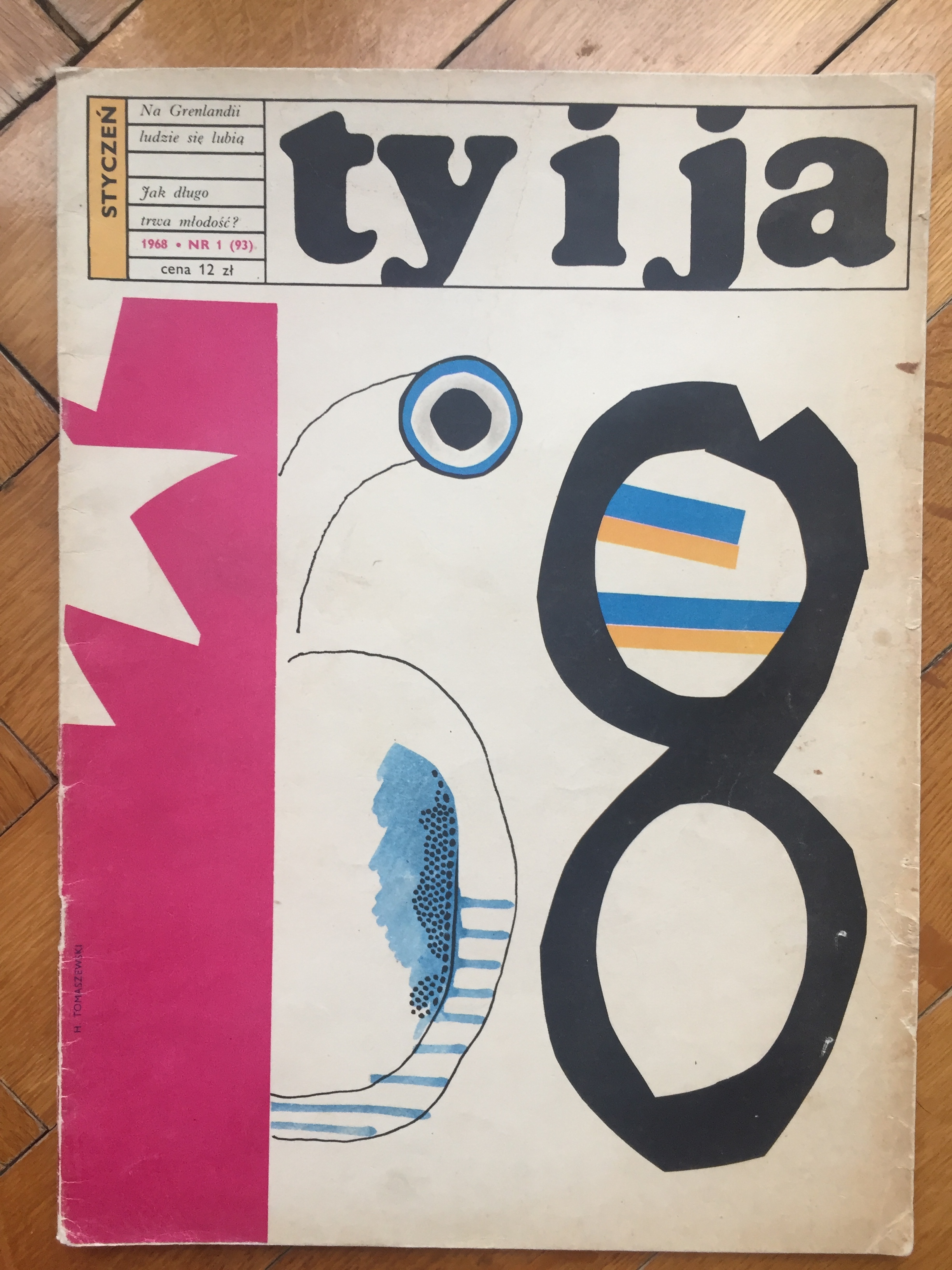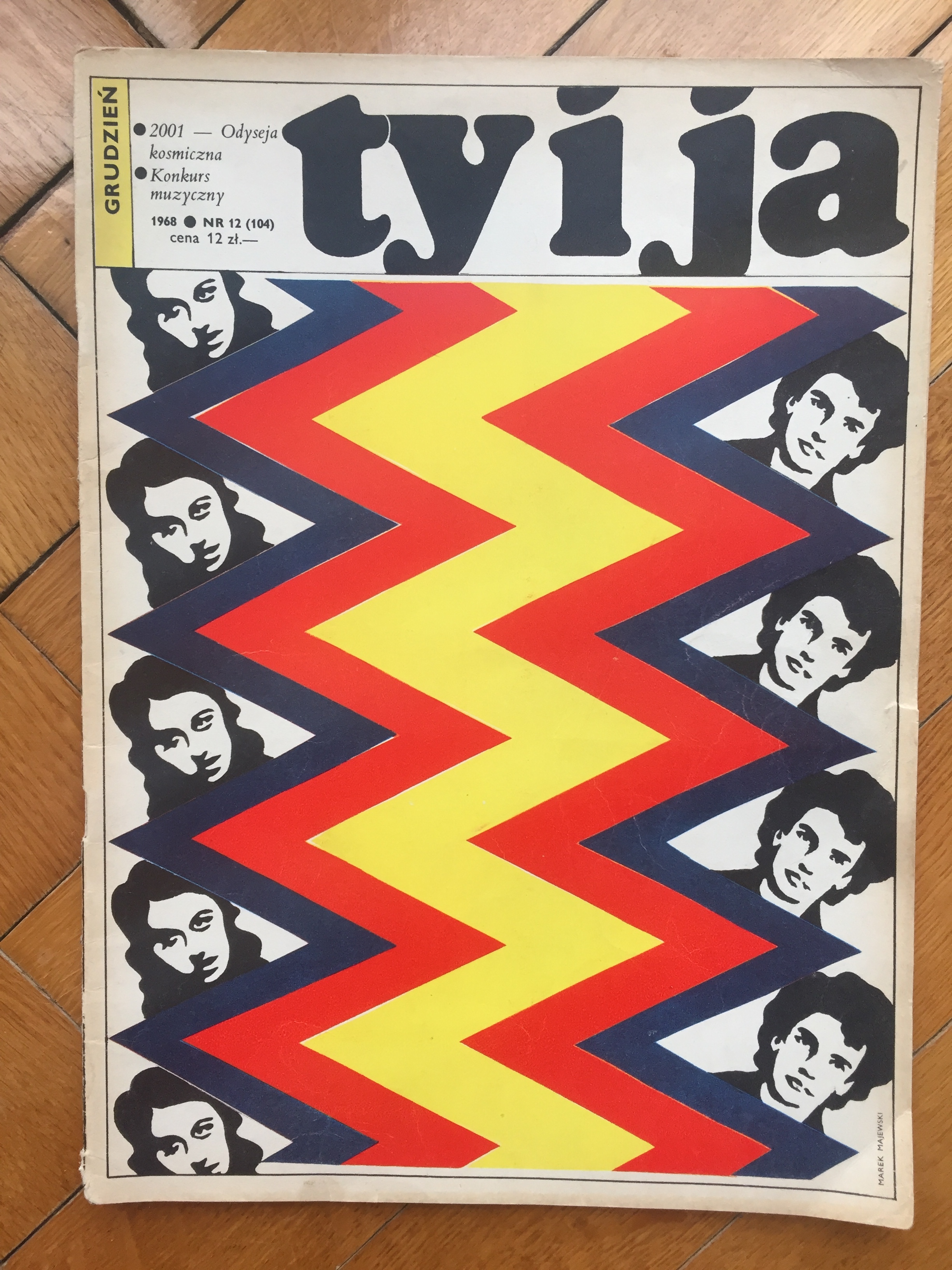Ty i ja was Poland’s most important fashion, art and lifestyle magazine and one of the best-designed publications in Europe at the time
The Magazine for You and Me
Cover of Ty i Ja magazine, entitled Hundred Issues. Graphic design: Roman Cieślewicz. Photo: Tony Kent
Ty i ja was twentieth-century Poland’s most important fashion, art and lifestyle magazine. Meaning 'You and I in English', the magazine ran from 1960 to 1973 and was one the best-designed publications in Europe at the time. The magazine was founded by Teresa Kuczyńska, who headed the fashion department, and Roman Juryś, an ideological socialist who was the magazine’s editor-in-chief.
The pair managed to convince the Polish Women’s League to publish a monthly magazine for modern, educated women. At the time there was no free market economy in Poland, and magazines could only be published under the auspices of state institutions with a designated paper allocation. Ty i ja quickly became a cult publication, but its paper allocation remained small. The authorities imposed a paltry print-run of 80,000 copies and any request to extend this was refused.
The appearance of Ty i ja coincided with the burgeoning art and café culture in Warsaw after the decline of Stalinism and socialist realism. An atmosphere of modernity could be felt not only in the city’s cafés, but also in the architecture, design, fashion and graphic design of that period.
Roman Cieślewicz—the magazine’s artistic director from 1959 to 1962—created a novel graphic layout for Ty i ja. In 1963, he moved to Paris, where he enjoyed a meteoric career, becoming artistic director of the French edition of Elle, and also collaborating with the likes of Vogue. He produced graphic layouts for many other French magazines, and also worked closely with the Galeries Lafayette and Musée Picasso. He designed catalogues and interior layouts for exhibitions for the Pompidou Centre, which would also hold a large retrospective of his own work. Cieślewicz was set designer for countless fashion shows in Paris and a member of the Roland Topor’s Mouvement panique collective.
As well as articles by an array of Polish journalists, Ty i ja also featured texts by the literary giants of the age, with translations of new works by Doris Lessing, Ernest Hemingway, Simone de Beauvoir and Mikhail Bulgagov’s.
The magazine became known for its distinctive use of collages and photomontages, the latter created from photo shoots from French fashion magazines. Ty i ja ran translations of fashion articles by Françoise Sagan and Jean Cocteau and showcased clothing by Polish labels, such as Moda Polska and Cora. It also included the latest collections by Christian Dior and Yves Saint Laurent. Meanwhile Teresa Kuczyńska’s analytical pieces on fashion were so superbly written that they have since gone down in the annals of Polish journalism.
Ty i ja organised fashion shoots in Warsaw, Rome, Berlin, Moscow and Berlin, with work by Poland’s very best photographers appearing alongside shots by Helmut Newton and Richard Avedon. The magazine’s Italy correspondent, photographer Wanda Gawrońska, collaborated with Vogue while renowned Parisian photographer Peter Knapp also photographed for Ty i ja.
Design featured heavily on the pages of the magazine, with articles and photographs showcasing the homes of the rich, fashionable and famous, as well as the latest technological gadgets. It was the magazine’s sophisticated aesthetic and intellectual freedom, under constant scrutiny by the censors, which eventually led to its downfall. In an interview with dwutygodnik.com, Teresa Kuczyńska said that in 1973 Polish authorities decided the title “wasn’t suited to the economic realities of the country, as it was giving people unrealistic aspirations.




